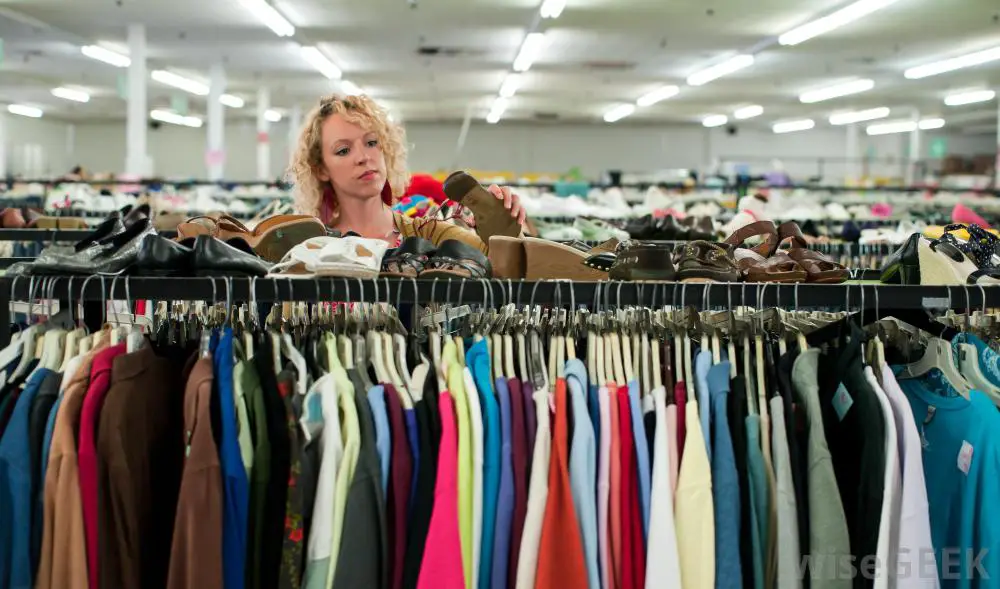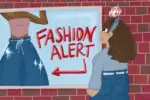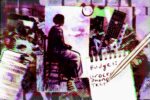Thrift shopping has been on the up and up in recent years; after all, Macklemore & Ryan Lewis wrote a song about it, right? People have starting to wear their “granddad’s clothes” and “look incredible…in that big-ass coat from that thrift shop down the road,” and hipsters have become known for frequenting places like Salvation Army in search of unique pieces that can’t be found in big name stores like H&M and Forever 21.
Despite its newfound popularity, the trend still doesn’t appeal to everyone. Fast fashion reigns, and not everyone can get into secondhand clothes. But, even though consumers are still turning to their old standbys, thrifting is still extremely popular, and what’s resulted from the trend is only logical: With the increased demand for cool, used clothing, vintage shops have come into existence. Anyone who sees a vintage shop for the first time might think they’re about to enter a thrift store, but the two are actually quite different.

Unlike the plain, purely functional vibe of a thrift store, entering a vintage shop is like entering a party. Sometimes with high warehouse ceilings or decorated with wood paneling and string lights, vintage shops are always blasting music you can’t help but bop around to.
The vibe of a vintage shop is curated, and that’s exactly what the store offers—a preselected collection of clothing that fashionable individuals might seek. It’s like thrift shopping, but easier. You can wade through racks of Hawaiian shirts that your dad might wear, piles of vintage Levis, crewneck sweatshirts and tasteful sequin tops. Sports jerseys and cheerleading skirts are also strange mainstays of the vintage store. Many stores have at least one rack of each, especially outside of the States, where wearing American sportswear is the height of cool.
That being said, going to a vintage store quite literally comes at a price. An eighties windbreaker or fun pair of mom jeans you might find at a department store for ten dollars is suddenly thirty, way beyond your ideal price range. That crewneck sweater that has a couple spills on it? It’s thirteen, and you know it should probably be less.
Thrift shops are much cheaper than vintage shops. You can find amazing pieces for four, three or even one dollar. Sometimes when thrift shopping, I wonder if I’ll ever buy clothes from a normal store again. (Spoiler: I still do.)
Vintage shops aren’t always for the weak walleted. Going to one means getting ready to spend a bit more, but the tradeoff is being able to browse racks of clothing like you would in any other mall store because a middleman—an extremely hip middleman—has already found some gems. Ordinary thrift shopping is still satisfying, just a bit more work. Going to a vintage store still requires a bit of wading, and it’s never guaranteed that you’ll find something you love, but going to a thrift store means doing even more searching. Without a preselected pool to choose from, it can be hard to find clothes at a thrift store without patience.
But all the hard work that goes into thrift shopping makes the satisfaction of finding a thrift store gem even better. I’ve found amazing items while thrift shopping, like a chic winter coat with a real fox fur hood. The jacket was old but looked brand-new. Its leather label was worn down to the point that I couldn’t even read the brand name, and the only legible tag said “Made in the Republic of South Africa.” I wondered who had made the jacket and when, and how the heck it got to the South Jersey thrift shop I’d been dragged to since I was six. The mysterious jacket was only ten dollars, something that might go for fifty at a vintage shop.
Whether you choose to shop at a vintage shop or a regular old thrift shop, the result will always be positive either way. Shopping at a thrift shop means buying used goods, not new ones.
Frequenting thrift and vintage shops is like recycling: Turn in your old clothes and get some new (used) ones! Going to your favorite store is inevitable, especially if you’re looking for something specific, but adding a few older pieces into your wardrobe has a positive impact, and if you shop well, you can look pretty darn good.


















Hi Flavia,
As the owner of a vintage shop, I’d like to weigh in on your article a bit, if I may, as I believe you missed a few important points. Thrift shops are great and, as you wrote, in abundance these days. The large stores resell donated items from all eras as long as they are in useable condition. Vintage shops like mine and many, many others sell items that are not only decade-specific but items that also meet high standards for condition, quality and cleanliness.
For example, a thrift shop might sell a “50’s style” dress from H&M for $10. That dress would have been made in a factory in China and of extremely poor quality. At my shop, you would find a true vintage 1950’s fit and flare dress that was handmade in the USA with seams and zippers so well-made they’ve survived more than 60 years. If the buttons were loose when I acquired it, they have since been secured back on and the dress is clean and ready to wear. Most of my dresses are priced between $20 and $30.
Thrift shops provide 3 great services to the community: lower priced clothing, recycling of clothing that may otherwise have been trashed, and job opportunities. Vintage shops serve sinilar, but slightly different services: lower priced clothing options, recycling of clothing, authenticity of clothing, the preservation of what are essentially cultural artifacts, and lastly, small business opportunities to entrepreneurs like myself.
Thank you,
Robin
[…] wonderful world of vintage online shopping awaits. If you find any amazing hauls, drop them in the […]
[…] orang kesulitan membedakan Preloved Shop dan Vintage shop. Menurut Studybreaks, meskipun semuanya mengacu pada poin yang sama, yaitu menjual barang-barang yang sudah terpakai […]